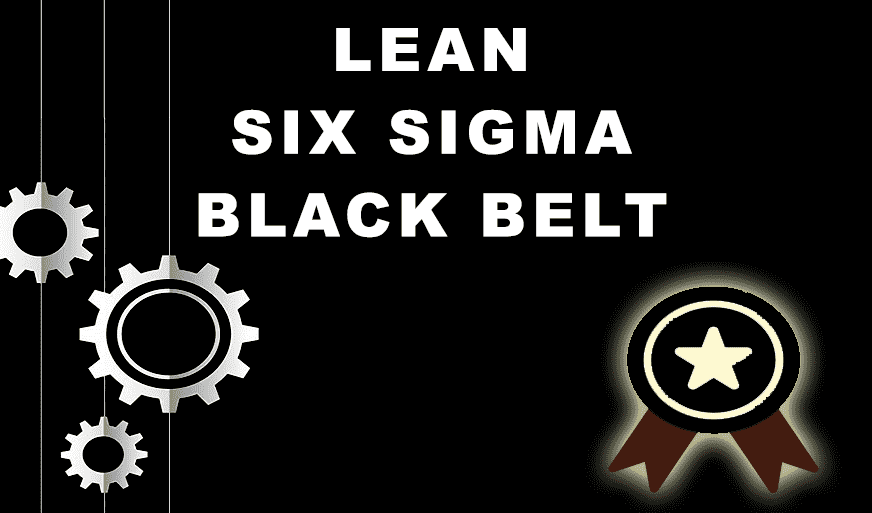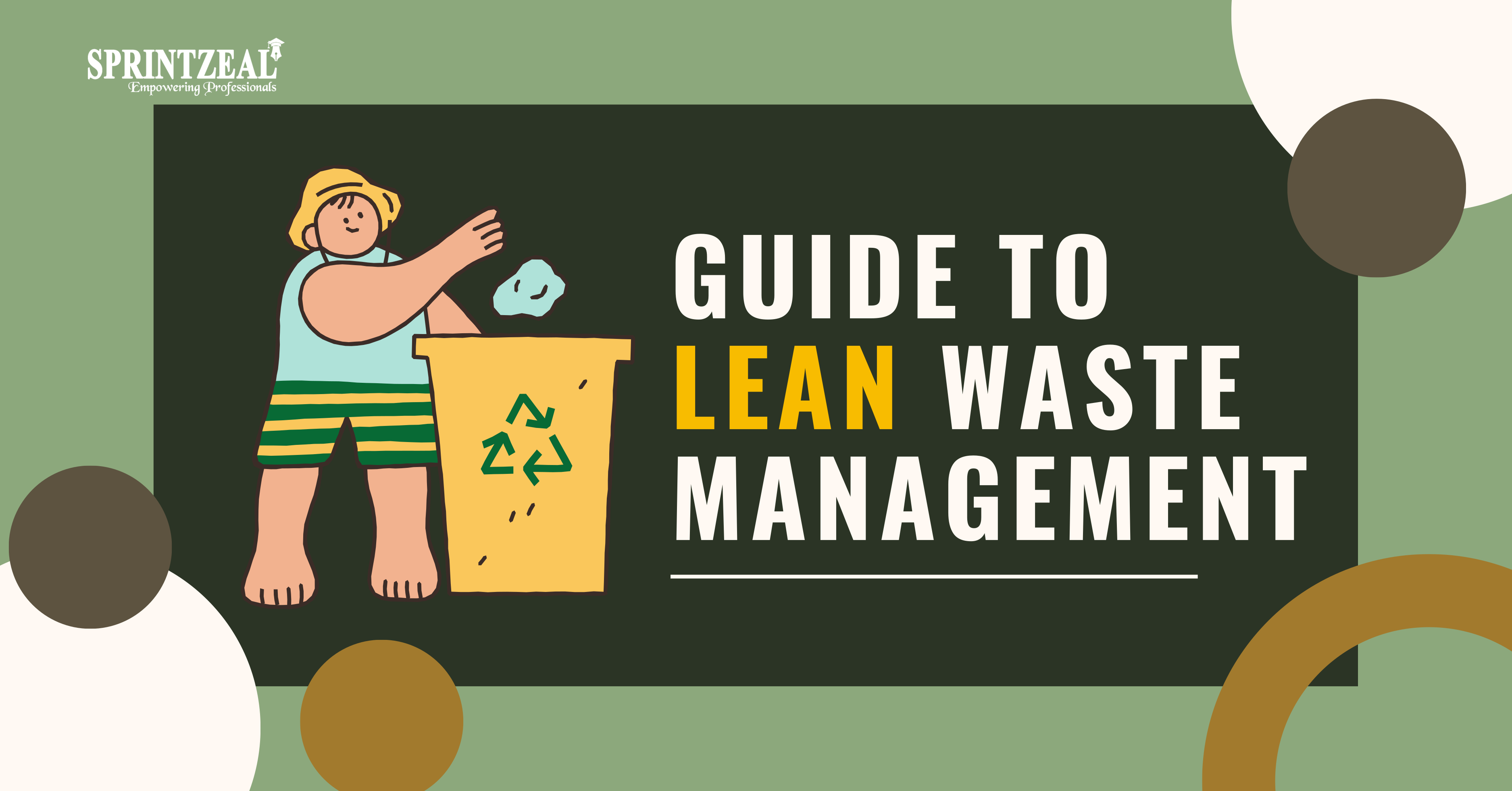How to Effectively Implement a Robust Quality Management System?
-
 By Sushmith
By Sushmith - Published on Aug 26 2024

Table of Contents
Key Benefits of Implementing a QMS
As we are all aware, QMS is a structured framework of processes and procedures that is designed to help organizations succeed with quality. With all the advancements in the business market, QMS has become a key tool that is used to meet customer needs and expectations as a regulatory compliance tool, irrespective of the size of the business and the industry. Now, learning the QSM implementation approaches and methodologies is a key skill.
The key purpose of Implementing a QMS is to make business processes more streamlined, which is highly focused on the outcomes of the quality of the product or service. The key principle of this is to design a process framework that consistently meets or exceeds customer expectations. A well-designed framework also adds a structured flow to the culture of an organization’s operations.
In this article, we will learn the key elements that contribute to the implementation of an effective QMS. Let’s now learn the process for implementing a QMS.
Preparing for QMS Implementation
Before diving into the steps to implement an effective QMS for your organization, let’s check if your operations, business processes, and goals are ready to face the changes. To do this, we must check and prepare so that any changes made do not affect any of the already existing processes and operations.

1. Establishing Quality Objectives
Start with auditing your current operations with the goals and objectives that they comply. This will allow you to see the areas for improvement. After this, start setting clear quality objectives, like SMART, that align with the organization's primary objective. Make sure that these serve as the foundation for your planned QMS that guides strategic decision-making.
2. Securing Leadership Commitment
Leadership commitment is the key to the success of QMS implementation. There are a lot of elements that go into this, but most importantly, it makes sure that the top management is fully onboard for any support needed in resource allocation and to promote a quality culture in the organization. Strong and effective leadership helps overcome resistance, ensuring quality and catering to core organizational values.
3. Conducting a Readiness Assessment
Conduct assessments before QMS implementation to ensure readiness and evaluate your current quality management practices and resource availability. This assessment will aid you in identifying the potential challenges and key areas that need improvement, which will allow you to manage and address them proactively.
4. Forming a QMS Implementation Team
Create a dedicated team responsible for representing the QMS implementation from key departments like operations, quality control, and human resources. This team should be expert in guiding the implementation, developing the necessary documentation, and also leading training. A well-designed team works to guarantee that all aspects of the QMS are effectively met and addressed.
5. Developing a Project Plan
Now that the team is ready, it is time to train them with the necessary skills and steps that help create an effective project plan, outlining timelines and resources required for implementing a QMS. Make sure that this plan includes specific responsible parties to comply with accountability. A structured project plan makes it easy to track the process and make adjustments as needed.
Steps to Implement a Quality Management System
Now that we are all ready to implement the perfect QMS into the organization's process, let’s discuss the steps involved in doing this.

Step 1: Conduct a Gap Analysis
The first step in QMS implementation is to conduct a gap analysis. This involves assessing your current quality management practices, identifying areas that fall short of desired standards, and determining what needs to be improved to meet QMS requirements.
Step 2: Define and Document Processes
Once gaps are identified, the next step is to map out your key business processes. Documenting these processes ensures consistency and clarity in how tasks are performed. Process documentation should include detailed descriptions of each step, responsible parties, and necessary resources.
Step 3: Develop QMS Documentation
QMS documentation is the backbone of your quality management system. It includes quality manuals, procedures, work instructions, and records. This documentation provides a reference point for employees and auditors, ensuring that everyone understands and follows the established processes.
Step 4: Implement QMS Processes
With documentation in place, the next step is to roll out the QMS processes across the organization. This involves integrating the documented procedures into daily operations and ensuring that all employees adhere to them.
Step 5: Train Employees on QMS Procedures
Employee training is vital for the successful implementation of a QMS. Comprehensive training programs should be developed to ensure that all employees understand the QMS procedures and their roles within the system. Training should be ongoing to address any changes or updates to the QMS.
Step 6: Monitor and Measure QMS Performance
Continuous monitoring and measurement of QMS performance are essential to ensuring its effectiveness. Key performance metrics, such as defect rates, customer complaints, and process efficiency, should be tracked regularly. Based on these metrics, make the necessary adjustments to drive continuous improvement.
How to adopt ISO 9001 in Implementing a QMS
The role of ISO 9001 is to establish a standardized system for auditing the quality of a service or a product. Being an internationally recognized standard of QMS, ISO 9001 stands at the top, providing standardized frameworks for implementing, managing, and addressing business processes to meet customer and regulatory requirements.
Why ISO 9001 in Implementing a QMS? For several benefits, like process approach, risk-based thinking, and leadership involvement, ISO 9001 acts as a guide to developing a robust QMS. Organizations earning an ISO 9001 certification get the highest priority and a competitive edge by earning customer confidence in the market. This certification demonstrates the ability to commit to quality.
Common Challenges in QMS Implementation and How to Overcome
Now that we are so educated on the importance of implementing a QMS and the steps involved in doing it, let’s also explore some of the common challenges faced while implementing a QMS.
Resistance to Change
One of the most commonly faced challenges is employee’s resistance to change. This might occur due to a lack of communication or also due to a lack of education. To overcome this, it's important to speak clearly about the benefits of the QMS and involve employees in the process from the outset by training them to be educated about the reasons and outcomes behind the changes.
Resource Constraints
Limited resources can make it even more challenging during QMS implementation. To manage this issue effectively, prioritize the most critical aspects of the QMS implementation and allocate resources accordingly. Consider support or training to bridge the gaps in expertise or capacity of the team and members, making it easy for everyone to get involved.
Maintaining Consistency and Compliance
Ensuring consistent adaptation to QMS procedures and ensuring compliance with the chosen standards can be very challenging. Regular audits of ongoing training and implementation procedures can build a culture of continuous learning and accountability. These become the key strategies that help maintain consistency in quality and compliance with the regulations.
Suggested Reads:
- Quality Management System – QSM Approaches and Methodologies
- A Comprehensive Guide to Quality Management Systems
- Benefits of QMS Certification for Your Business
Training Solutions for QMS Implementation with ISO 9001 Certification
ISO 9001 certification is not an easy process. To make this simple, Sprintzeal is here with the most efficient training programs designed to support QMS implementation, including ISO 9001 certification courses. In this training, you will gain the necessary skills and knowledge to design, implement, and manage a robust QMS for organizations.
Enrolling in Sprintzeal’s courses can help professionals enhance their skills and knowledge of everything they know about quality management systems. Sprintzeal's training courseware is designed by industry professionals to ensure a thorough understanding of the process.
Conclusion
Implementing a quality management system is a strategic move that every organization can take advantage of, which significantly enhances operational efficiency, customer satisfaction, and compliance. This article will be your guide or the steps to develop a QMS, driving improvement and long-term success.
Sprintzeal's training solutions are designed for everyone, from a beginner to a poised industry professional. The key focus is to master all there is and stay on top in this competitive world with real-world knowledge, practical expertise, and skills. Enroll in our ISO 9001 certification training today!
Our newsletter is free! Subscribe, stay updated with the latest insights, and get early access to exclusive training discounts!
Subscribe to our Newsletters
Popular Programs
Trending Posts
5 Lean Continuous Improvement Principles to Supercharge Your Operations
Last updated on Jan 2 2024
Operational Planning Creation, Key Elements and its Benefits
Last updated on Feb 21 2025
Total Quality Management (TQM) vs. Six Sigma
Last updated on Oct 10 2024
A Comprehensive Guide to Quality Management Systems
Last updated on Jun 21 2024
Lean Waste Management: The Ultimate Guide 2023
Last updated on Dec 13 2023
Benefits of QMS Certification for Your Business
Last updated on Jul 1 2024
Categories
- Agile Management 54
- AI and Machine Learning 42
- Big Data 53
- Business Management 51
- Cloud Computing 44
- Digital Marketing 56
- Information Security 8
- IT Hardware and Networking 17
- IT Security 103
- IT Service Management 29
- Leadership and Management 1
- Microsoft Program 2
- Other 43
- Programming Language 31
- Project Management 162
- Quality Management 75
- Risk Management 8
- Workplace Skill Building 2
Trending Now
Top Career benefits of Lean Six Sigma Green Belt
ArticleLean methodology, Six Sigma methodology and Lean Six Sigma Explained
ArticleSix Sigma Black Belt Certification – Value and Career Benefits in 2024
ArticlePareto Chart in Six Sigma - Explained
ArticleQuality Management Interview Questions 2024
ArticleSix Sigma Certification Guide - A Professional's Guide
ArticleSix Sigma Yellow Belt Certification - Six Sigma for Beginners
ArticleQuality Control Explained – Six Sigma
ArticleTotal Quality Management - A Complete Guide for Beginners
ArticleQuality Assurance in Six Sigma Explained
ArticleQuality Assurance vs Quality Control
ArticleSix Sigma Certification – Everything you Need to Know About Getting Certified
ArticleLean Six Sigma on Resume for Rewarding Career Benefits
ArticleQuality Manager Interview Questions and Answers for 2025
ebookService Delivery Manager Interview Questions and Answers (With Examples)
ArticleSix Sigma Interview Questions and Answers 2024
ArticleHow to become a Quality Analyst
ArticleA Supply Chain Management Guide to Mastering Logistics End to End
ArticleSenior Quality Manager Interview Questions and Answers 2024
ArticleTop 30 Quality Analyst Interview Questions and Answers 2025
ArticleFinancial Analyst Interview Questions and Answers 2024
ArticleRisk Manager Interview Questions and Answers 2024
ArticleCompliance Manager Interview Questions and Answers 2024
ArticleOperation Manager Interview Questions and Answers
Article5 Lean Continuous Improvement Principles to Supercharge Your Operations
ArticleHow to Become a Quality Manager - Career, Job Scope and Certifications
ArticleEssential Components of a Quality Management System
ArticleSix Sigma Certifications - Reasons Why you Should Get Them
ArticleTop Qualities of a Good Manager and a Leader
ArticleLearn about Statistical Process Control (SPC) and its top applications
ArticleCost of Poor Quality - A Detailed Guide
ArticleImplementing 5S Methodology for Better Work Efficiency
ArticleWhat Is Lean Management?
ArticleBest Six Sigma Books in 2024
ArticleLeadership vs Management - The Ultimate Guide
ArticleQuality Assurance Plan - Six Steps To Quality Assurance Plan
ArticleOperational Planning Creation, Key Elements and its Benefits
ArticleA Complete Guide to Product Life Cycle Stages 2025
ArticleSix Sigma tools for DMAIC Phases
ArticleWhat Is Lean Manufacturing?- An Overview
ArticleThe Lean Continuous Improvement Model: A Comprehensive Guide
ArticleDMAIC vs. DMADV: Key Differences and Choosing the Right Six Sigma Methodology
ArticleA Deep Dive into the Power of Lean Continuous Improvement Process
ArticleLean Continuous Improvement Methods for Business Excellence
ArticleIntroduction to Lean Manufacturing- Definitions, Framework, and More
ArticleUnderstanding the Key Principles of Lean Manufacturing
ArticleSecret to Unlock Organizational Excellence: Stages of Continuous Improvement
ArticleLean Continuous Improvement: A Detailed Guide to Mastering Organizational Quality
ArticleLean Waste Management: The Ultimate Guide 2023
ArticleA Deep Dive into Lean Continuous Improvement Tools
Article8 Wastes of Lean - Strategies for Identification and Elimination
ArticleThe Ultimate Guide to Lean Manufacturing
ArticleUnderstanding Lean Manufacturing's Pros and Cons
ArticleLean Waste Reduction Strategies: Boost Efficiency and Cut Costs
ArticleTop 10 Lean Manufacturing Tools for Optimal Productivity
ArticleBeyond the Basics: Benefits of Lean Continuous Improvement
ArticleWhat are Quality Standards? | A Guide to ISO Standards
Article7 Important Types of Quality Management System
ArticleA Comprehensive Guide to Quality Management Systems
ArticleISO 9001 Standard: Benefits and Certification
ArticleBenefits of QMS Certification for Your Business
ArticleStep-by-Step Implementation Guide to ISO 9001
ArticleThe Ultimate Guide to ISO 9001: Boosting Quality and Certification Success
ArticleQuality Management System – QSM Approaches and Methodologies
ArticleExplaining QMS Documentation Structure: Benefits and Best Practices
ArticleWho Needs ISO 9001 Certification and Why?
ArticleKey Elements of ISO 9001:2015 Quality Management System
ArticleOvercoming Common Challenges in ISO 9001 Certification: Tips and Best Practices
ArticleBest Quality Management Tools
ArticleTotal Quality Management (TQM) vs. Six Sigma
ArticleQuality Manager Salary: What Freshers & Experts Earn in 2025
ArticleCertified Scrum Product Owner: Job Roles And Responsibilities
ArticleTips for Continuous Integration Testing: Streamlining QA
Article10 Quality Management Strategies Adopted by Top Managers
Article

















